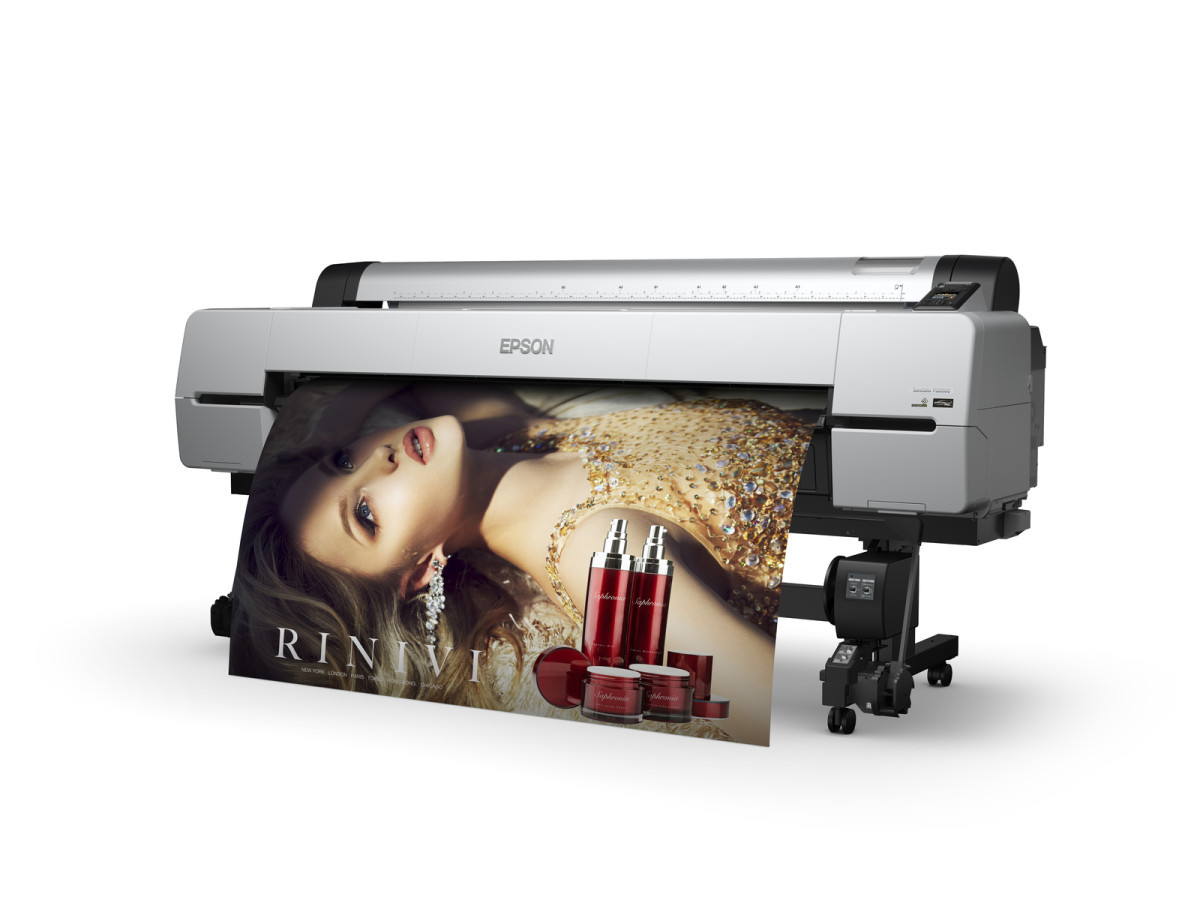4246 Insights
Your source for the latest news and information.
Prints that Pop: Turning Pixels into Wall-worthy Art
Transform your digital images into striking wall art! Discover tips and tricks to make your pixels truly pop in Prints that Pop.
The Art of Photographic Prints: How to Choose the Best Materials
When it comes to photographic prints, the choice of materials is crucial for achieving the desired aesthetic and longevity. Factors such as texture, depth, and color rendition can significantly influence the overall impact of your artwork. Common materials include glossy and matte photo paper, canvas, and fine art papers. Each type has its unique characteristics; for example, glossy paper enhances contrast and vibrancy, while canvas adds a tactile dimension that can lend a more professional look to your prints.
To ensure you select the best materials for your photographic prints, consider the following key factors:
- Purpose: Determine if your print is for display, portfolio, or sale, as each may require different materials.
- Environment: Consider where the print will be displayed. UV protection may be necessary for pieces exposed to sunlight.
- Finish: Choose between glossy, satin, or matte based on your preferred aesthetic and how that finish interacts with light.

Transforming Digital Images: A Step-by-Step Guide to Creating Stunning Prints
Transforming digital images into stunning prints can elevate your artwork, photography, or personal projects. The first step in this step-by-step guide is to ensure your original digital image is of the highest quality. Begin by selecting images that are properly exposed and have a high pixel count. A good rule of thumb is to aim for at least 300 DPI (dots per inch) for optimal print resolution. Next, you will need to utilize editing software such as Adobe Photoshop or Lightroom to enhance your images. Adjust the brightness, contrast, and colors to create a vibrant final product. By focusing on the editing phase, you lay a solid foundation for transforming your images into impressive prints.
Once you've perfected your digital image, it's time to prepare it for printing. Choosing the right paper can significantly impact the overall look of your print. Consider materials such as glossy, matte, or fine art paper, depending on the finish you desire. Additionally, ensure you select a suitable printer that can handle your chosen paper type and offers color accuracy. Before sending your image to print, make a test print to check for any discrepancies in color and detail. After confirming everything looks perfect, you can proceed to print your final piece. By following this step-by-step guide, you'll be well on your way to creating stunning digital prints that stand out.
What Makes a Print 'Pop'? Key Elements for Eye-Catching Artwork
When it comes to creating artwork that truly pops, several key elements come into play. First and foremost is the use of color; vibrant hues can draw attention and evoke emotions in the viewer. Utilizing a well-thought-out color palette can create contrast and harmony, allowing the artwork to stand out in any setting. Additionally, the choice of texture can significantly enhance visual interest. Incorporating different materials or techniques, such as layering paint or adding mixed media, adds depth that gives the piece a striking presence.
Another crucial element is composition, which determines how the viewer's eye moves across the artwork. Employing principles such as the rule of thirds or leading lines can guide the audience's focus to the most compelling parts of the piece. Furthermore, considering size and scale is essential; larger prints can serve as bold statements, while smaller, intricately detailed works invite closer examination. Ultimately, it’s a combination of these factors—color, texture, composition, and scale—that ensures your art captivates and resonates with its audience.